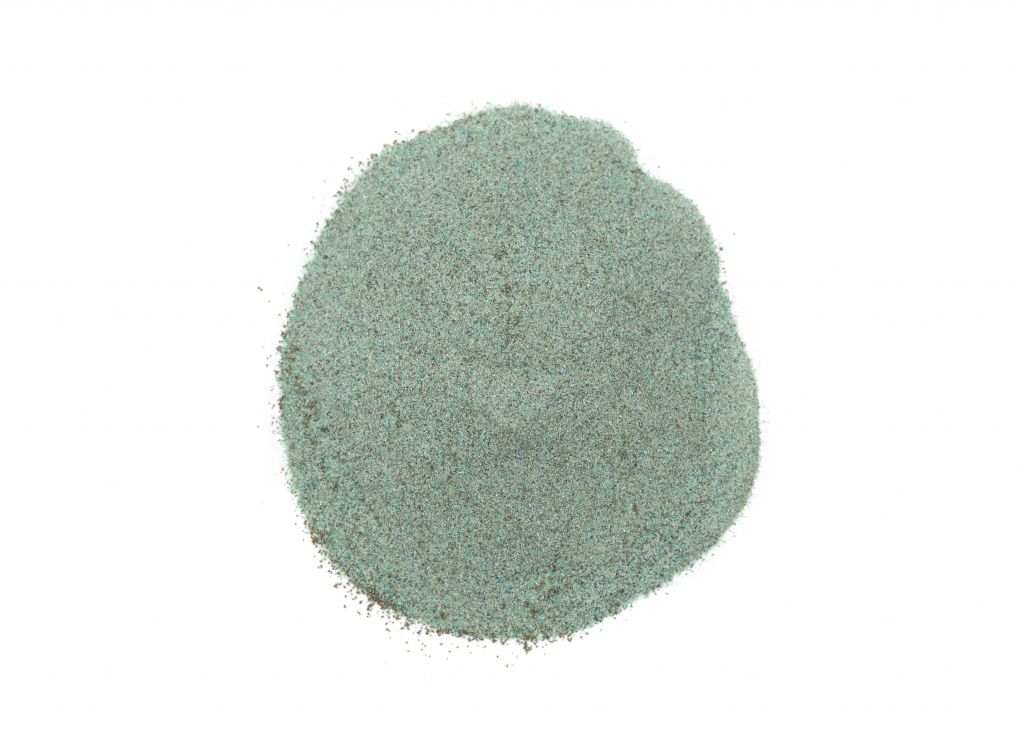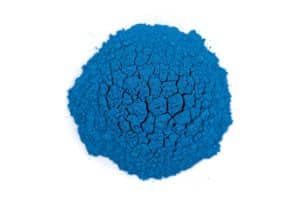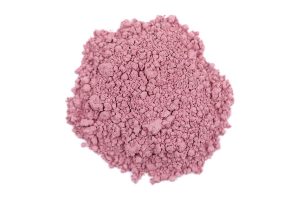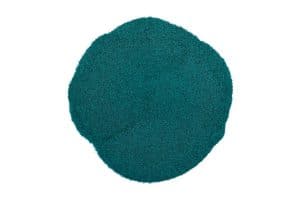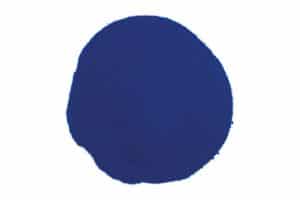Description
Chrysocolla was a classical name to indicate various compounds that were useful in the hard soldering of
gold, and among these were certain green copper minerals, the basic carbonate, the silicate, etc.
The name is now used by mineralogists, specifically, for natural copper silicate (approx. CuSiO3.nH2O), a
mineral fairly common in secondary copper ore deposits. Often chrysocolla is found together with malachite
and azurite in the same deposit. In its natural state, chrysocolla appears similar to malachite, except that the
color is somewhat more bluish. When ground to a powder it retains its green color quite satisfactorily and
may serve for a pigment in an aqueous medium. Since the copper is bound in a silicate matrix it is not as
soluble when in an acidic medium. Therefore chrysocolla, unlike azurite and malachite may be used in oil.
When seen microscopically, it is nearly amorphous or cryptocrystalline, and is practically colorless or, at
most, only a pale green by transmitted light. Chrysocolla is stable to light.
It has been found occasionally used as a pigment, mostly on Asian wall paintings. Although a bluer green
than malachite, chrysocolla could be either a substitute or an impurity.
A large deposit of chrysocolla is found in Colorado, USA.
